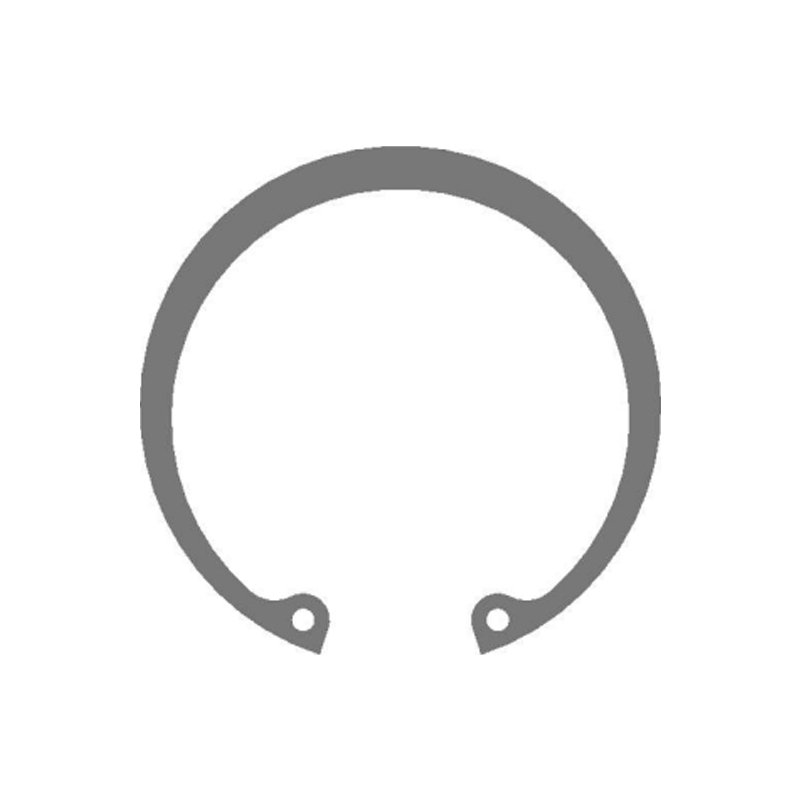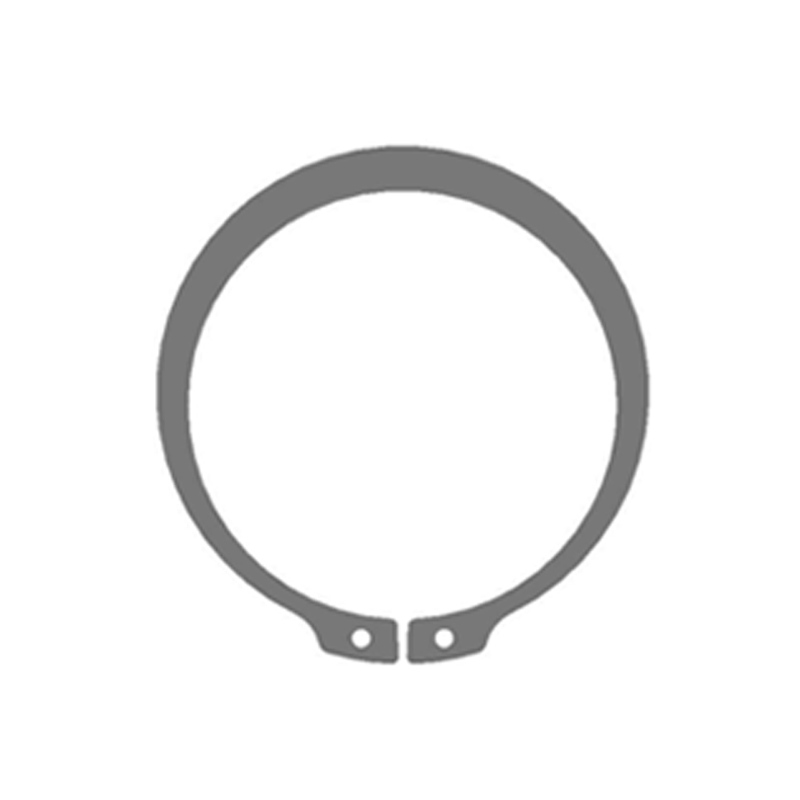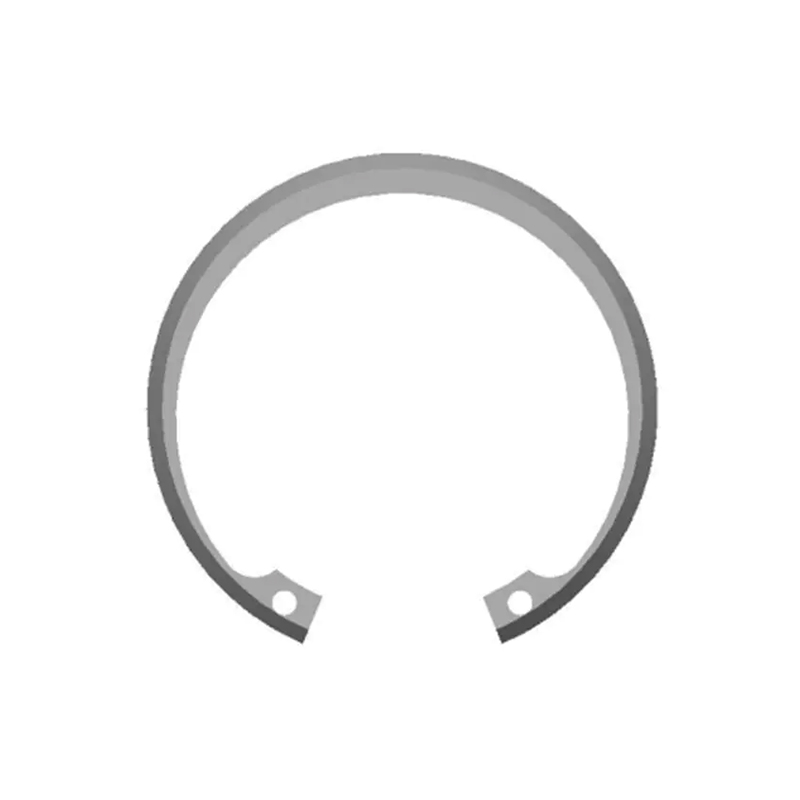Preload Mechanics and Axial Retention Advantages
A beveled retaining ring delivers axial retention by applying a controlled radial spring force combined with axial thrust, formed by the angled cross-section. This structure creates a preload effect between the ring and the groove, enhancing joint rigidity and reducing axial play. The beveled geometry allows contact on both the housing groove and shaft flange, improving load distribution in vibration-prone and dynamically loaded environments. Compared with flat rings, beveled profiles help stabilize rotating components, elevate fatigue endurance, and support compact packaging without relying on secondary locking hardware.
Application Benefits
- Axial preloading assists in eliminating component looseness
- Improved vibration resistance for rotating machinery assemblies
- Space-efficient retention without threaded fasteners
Material Selection and Surface Treatment Strategies
Material choice directly affects preload stability, wear behavior, and longevity. Carbon steel rings balance cost and spring strength, while stainless steel supports chemical exposure and temperature variation. Surface finishing enhances fatigue resistance and dimensional stability. Phosphate coatings, passivation, and oil plating reduce friction during installation and minimize corrosion in humid or industrial settings. For high-speed or aerospace environments, precision-hardened alloys ensure structural integrity under fluctuating thermal and mechanical stress.
| Material | Performance Attribute |
| Carbon Steel | High spring strength and economic choice |
| Stainless Steel | Corrosion resistance for humid or chemical environments |
| Hardened Alloy | Enhanced fatigue and thermal stability |
Groove Design and Dimensional Fit Considerations
Correct groove geometry ensures stable engagement and preload distribution. Groove width, depth, and tolerance must match the ring profile to prevent lift-off or uneven wear. Designers evaluate axial clearance, chamfer compatibility, and potential micro-movement caused by dynamic forces. A beveled ring often requires precise radial clearance control, allowing the angled section to seat tightly and develop reliable spring energy. Improper groove depth or over-tolerance may reduce the preload effect and lead to premature loosening.
Key Groove Engineering Factors
- Accurate depth and width alignment with ring geometry
- Controlled radial clearance for consistent spring force
- Chamfered edges to ease insertion and seating
Installation Techniques and Load Management
Proper installation preserves ring elasticity and seating precision. Manual pliers or automated assembly tools apply controlled expansion to avoid overstretching, which may compromise preload accuracy. Lubrication minimizes surface scoring during engagement, while radial alignment prevents stress concentration. In rotating systems, axial and radial loads should be evaluated to confirm the beveled ring maintains contact without fatigue creep. When load cycles are intense, double-ring configurations or spring-assisted grooves enhance durability.
Practical Assembly Tips
- Avoid over-expansion to maintain structural elasticity
- Verify full groove seating before final torque application
- Use clean, burr-free grooves for reliable retention
Performance Scenarios in Precision Machinery
Beveled retaining rings serve shafts, housings, gear hubs, clutches, and bearing sets where oscillation, rotation, and cyclic loading influence part stability. In servo drives, robotics, pumps, and transmission systems, their preload behavior supports smooth torque transfer and alignment retention. As designers pursue compact power-dense assemblies, the beveled geometry allows minimal axial envelope usage while sustaining demanding mechanical conditions.

















